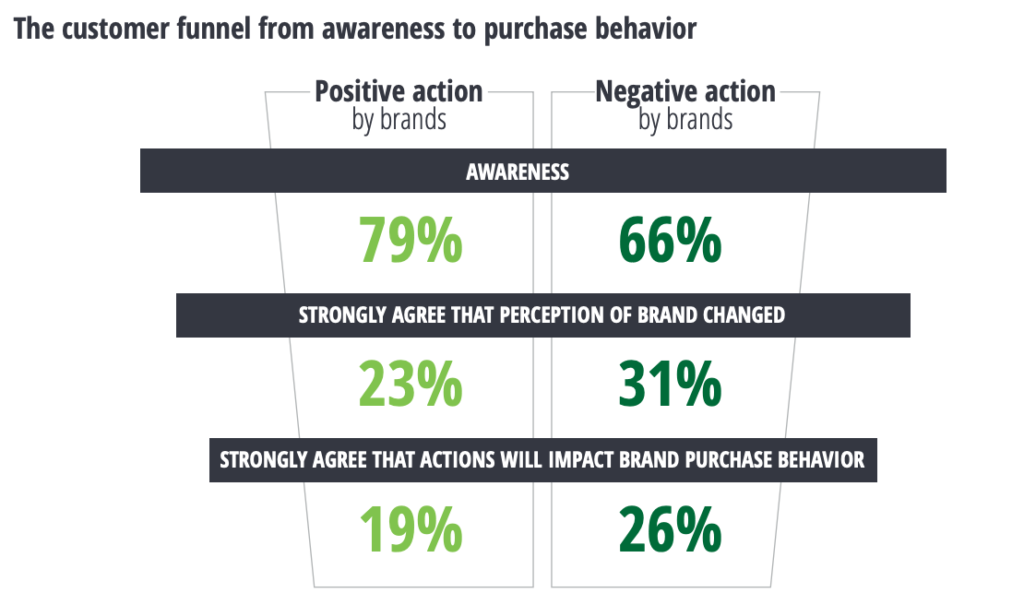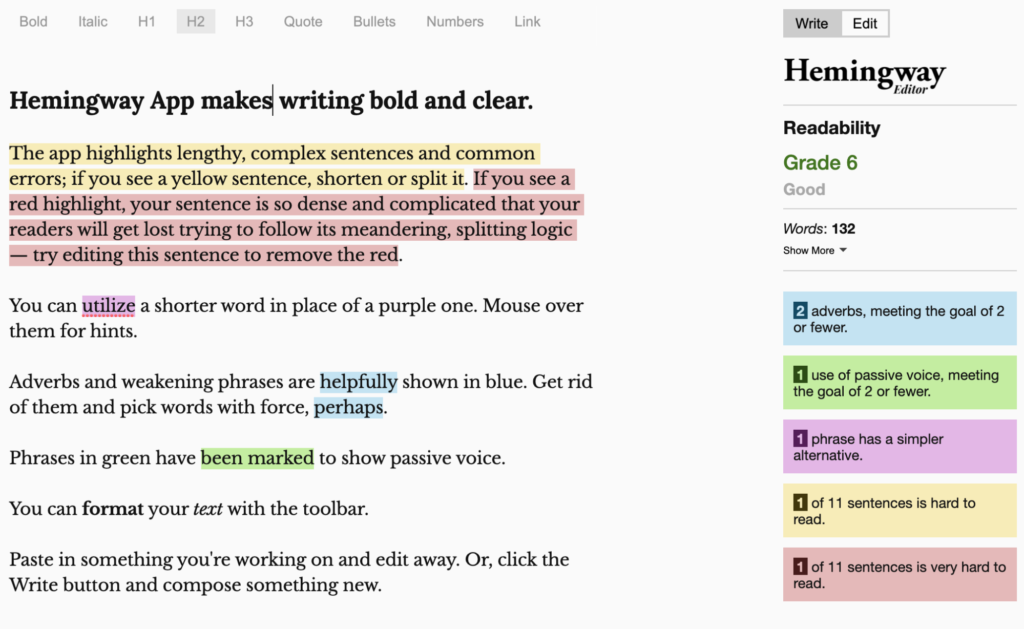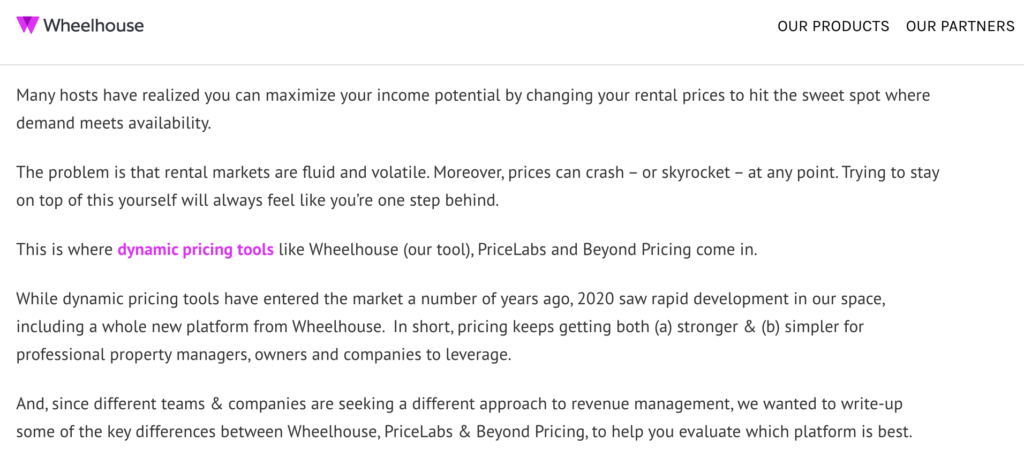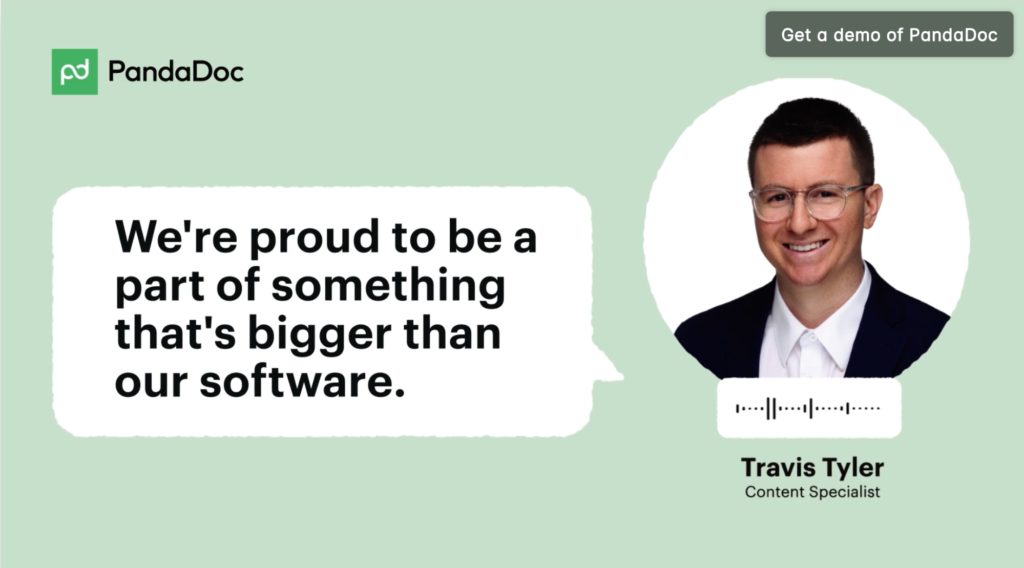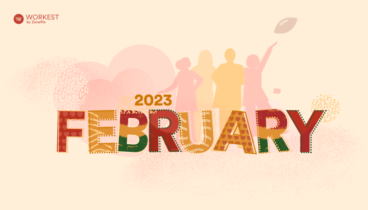Inclusivity focuses on serving and resonating with a diverse readership. In order for business to succeed, you must create content that is diverse and mindful of all communities.
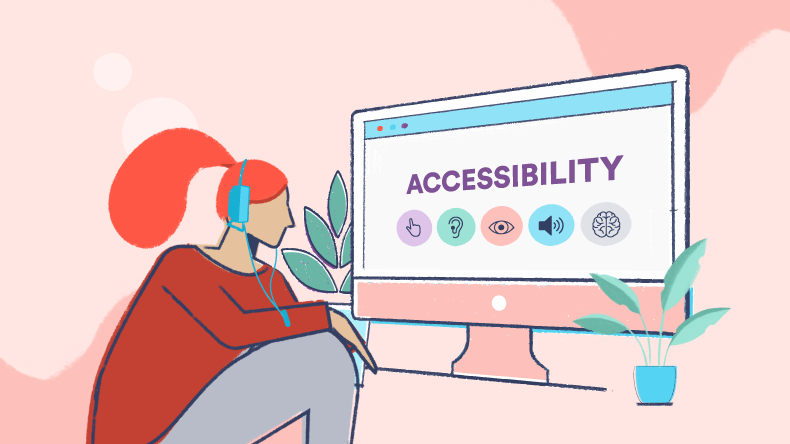
When marketers create their content strategy, most leave out one significant factor: Is my content accessible to all readers? Creating inclusive content, including for people with disabilities, must be the rule, not the exception. Consider this: 1 in 4 adults in the U.S. have some type of disability.
Web accessibility involves “websites, tools, and technologies … designed and developed so that people with disabilities can use them,” according to the World Wide Web Consortium.
With regards to marketing, this means the content you create and publish is readable and useful to all users.
Inclusivity focuses on serving and resonating with a diverse readership. Content marketing no longer limited to geographical constraints and old-school mindsets. Marketers must create content that is diverse and mindful of all communities.
Why content marketers should prioritize accessibility and inclusivity
Consumers are looking for brands that prioritize accessibility and inclusivity. Brands that don’t will end up losing customers.
More than half of all consumers say they’re loyal to companies that prioritize diversity, equity, and inclusion.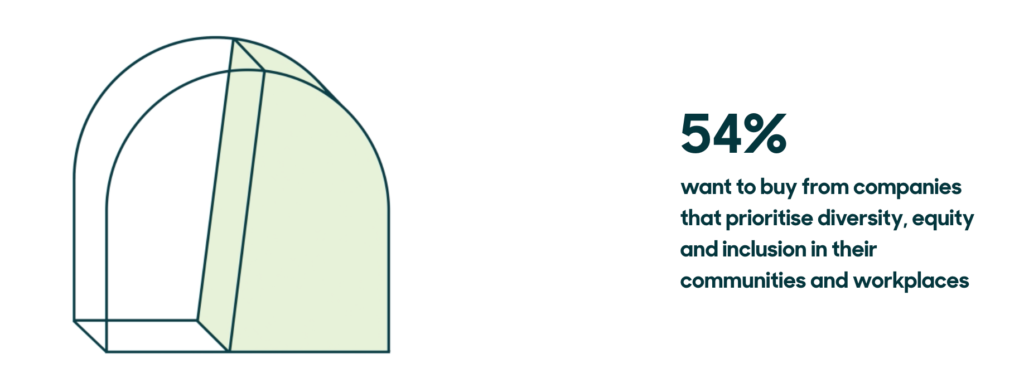
Millennials, in particular, are extremely hot on the topic. The majority (70%) of Millennials are more likely to choose brands that demonstrate inclusion and diversity in their promotions and offers.
It’s not just your bottom line you need to worry about. It’s also your reputation.
Consumers want brands that stand up for causes, speak out, and take action. Your content is your first stop to show you care about making your brand inclusive and accessible to everyone. Consider this:
- One in five customers agrees that a company’s positive actions will affect their buying behavior
- 64% of consumers say they’ve taken some form of action after seeing an advert that they considered diverse or inclusive
Your brand’s attitude towards diversity and inclusion starts with your content.
Remember, this counts for every company, from technology firms to educational institutions. According to a study by StuDocu, almost 70% of students surveyed said that they would like to see more inclusive topics added to their course curriculum.
Factors to consider for accessible content marketing
When creating content, keep in mind the diverse groups of people who may experience difficulties accessing it.
Make sure all text is easy for groups to understand, including people with dyslexia and neuro-divergent individuals.
The general rule of thumb is to write at a 6th grade reading level. This equates to basic phrasing plus some technical language.
Cut out jargon and make sure you explain any internet abbreviations. That will ensure that people don’t feel excluded because they don’t understand the lingo.
To check your reading level, try using a Flesch Reading Score tool, like the Hemingway Editor.
Image courtesy of Hemingway App.
If the subject of your text is complex, add simple-to-understand infographics to help explain the information in a visual way.
The way in which you present your content visually is very important to accessibility.
Proper HTML formatting makes it easier to read an article consistently without formatting interruptions.
Don’t overstimulate readers by putting too much on the screen. Consider the placement of key elements and use negative space to aid navigation for those with visual impairments.
Make links clear and, if possible, warn visually impaired users that links will open in a new tab.
Notice how Wheelhouse makes all links bright pink.
Crowded screens with too many options can cause analysis paralysis, making it tough for neurodivergent individuals to navigate your site. Brains tend to hold four elements at a time, so consider presenting options in groupings of no more than four.
Also, make sure all graphical content elements work for everyone.
For images, make sure you include alt text that describes the image to visually impaired individuals.
For videos, include audio narratives to help visually impaired people. Text, captions, or transcripts help those hard of hearing.
Look at this homepage video by document signing software PandaDoc, for example.
The video includes both audio narrative and summary text.
Factors to consider for inclusive content marketing
If inclusivity isn’t leading the creative conversation, you’re going to end up making a huge faux pas that seriously damages your reputation.
Remember the Kendall Jenner Pepsi ad?
Because Pepsi didn’t consider the importance of all viewpoints before creating its advert, consumers felt that Pepsi trivialized the Black Lives Matter movement.
This makes a strong case for hiring diverse teams to produce content.
However, it’s not enough to simply diversify your team. You have to create an inclusive culture for your content team where diverse team members feel empowered because they’re treated “equitably and with respect.”
Almost half of the employed adults in the United States, United Kingdom, France, and Germany have witnessed or experienced racism/ageism/gender or LGBTQ discrimination in the workplace. It’s important to create policies and practices that renounce this kind of behavior and make it easy for people to speak out about these experiences.
Only by addressing discrimination in the workplace do you create a culture that’s able to deal with these issues through content production.
By creating an inclusive team, you’re 8 times more likely to reach your business goals.
This is particularly poignant in regards to meeting the goal of inclusive content. A diverse, inclusive content team is better able to figure out the blind spots in your content marketing.
By listing the assumptions you make about your target audience, you’ll be able to notice where you’re excluding certain groups. For example, your target age range might be 19 to 25 year-olds, but are you including content that resonates with 19 to 25 year-olds who aren’t able-bodied?
If you’re ever unsure how to create inclusive content, you can always refer to external resources produced by expert organizations, such as this Disability Style Guide produced by the National Center on Disability and Journalism.
Conclusion
Creating accessible and inclusive content should be a priority for your organization. Consumers won’t tolerate brands that exclude minorities — they’ll buy elsewhere.
Remember, diversity is not enough. You need to create a content culture that is inclusive and accessible so that minority groups feel respected and empowered.

